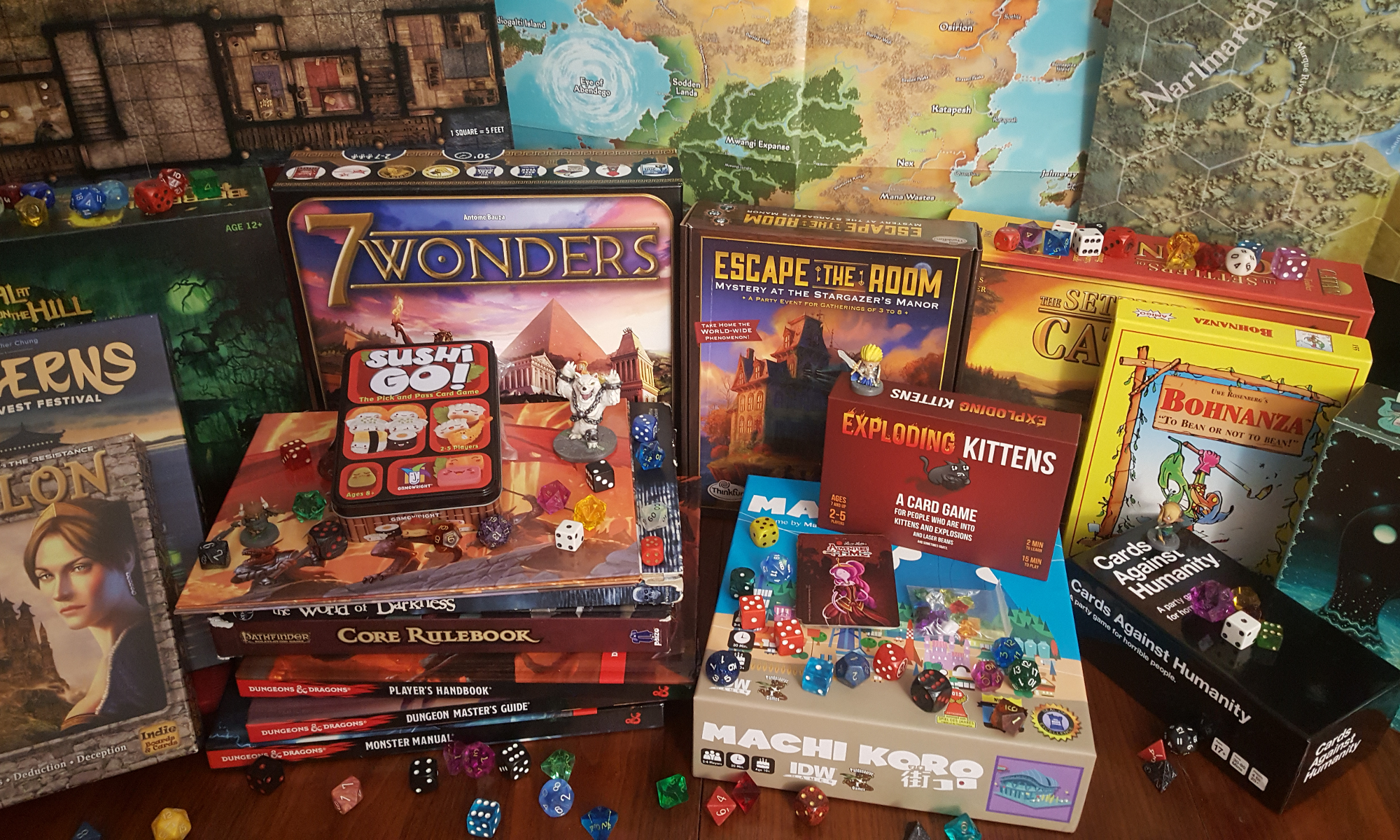Today on Save Vs. Rant, we’ll be talking about the penultimate module in the Rise of the Runelords Adventure Path: Sins of the Saviors, a module that focuses on the player character’s first true challenge to the peerless Runelord Karzoug.
Every module can’t be the best, and we at Save Vs. Rant consider this the weakest module in the Rise of the Runelords Adventure Path, despite the presence of some compelling characters and interesting dungeons. The problem, as we see it, is that despite the theoretically exotic locales of the Adventure, the encounters almost all feel, more or less, like straightforward combat encounters.
Our firm belief, however, is that published adventures are meant to be customized to the needs of the DM and his group and, as such, I’d like to examine this module and consider how it might have been played differently.
The Scribbler’s Rhyme (The Shrine of Lamashtu) is largely effective. I mean, it does appear rather diabolus ex machina, but the foreshadowing has been there since literally the first module – the presence of the sinspawn and major villain touched by Lamashtu herself does hint at the presence of some underlying source of this power. Clever player characters with good memories should conclude that this is actually a very satisfactory explanation for the otherwise somewhat enigmatic intimate attention that Lamashtu pays the small, unassuming town. The Scribbler’s Rhyme, however, did confuse us a bit as we had spent the entire Adventure Path pronouncing Sihedron “sigh-HEE-dron” and the poem rhymes it with “within,” which only works with the distinct pronunciation “sigh-hee-DRIHN.” Paizo’s refusal to provide pronunciation keys remains a thorn in my side for this reason. The revelation quill minor artifact provided in that section is a great piece of powerful treasure that does something every DM longs to do – gives more or less direct instructions to the player characters on what their next lead is.
Seeking Runeforge is short and sweet, as it should be. Travelling, especially at high levels, is largely just so much filler. The white dragon is great, and should be a memorable battle. The elementals there are a great example of an encounter that is potentially much more deadly than its CR. When you’re fighting on the side of a cliff, being pushed around is a much bigger deal than at sea level.
Runeforge really needs to be discussed in sections. We’ll go in the order of the module. I felt one of the greatest weaknesses of this section was failure to treat each of the different sins as being paramount to the location in question. Almost all of them devolve, more or less immediately, into combat encounters. This really does a disservice not only thematically, but in giving the player characters opportunity to explore the themes of the different sections.
The Abjurant Halls of Envy have something truly unique in them that I wish had featured more in Pathfinder in general: the substance ethillium, a distillation of magic power that is a universal fuel for creating magic items. The original module offered it as a way to reduce XP cost, but, as Pathfinder did away with XP costs for magic items, the Anniversary Edition made it instead improve the Craft check and reduce the creation time (cumulatively if you drink additional doses). Ethillium is, apparently, distilled from magic items (possibly through some sort of modified disjunction) and, thus, could fit the theme of envy quite well if explored further. The destruction of the halls feels simultaneously like a bit of a cop-out but likewise fits the theme of envy – since the mages of envy would never abide others having power, those others had to destroy them.
The major improvements that might be made are, perhaps, the presence of creatures that reinforced the theme. Maybe some monster who attempts to filch items from the player characters or a brooding imprisoned mage resentful at having had his research hall destroyed, but preserved alive (through some life-extending magic) by the others as a cruel amplification of his envy.
The Ravenous Crypts of Gluttony are a pretty straightforward “against the undead” dungeon crawl, although it’s hard to see the theme of gluttony from the monsters in question. There are references to cannibalism and wine present, but despite the necromantic nature of gluttony magic in ancient Thassalon, it seems like there should be, y’know, actual indulgence happening here. Beyond that, why are there actual tombs for actual dead people here? Why would any corpses be interred in a chamber dedicated to necromancy? Why are there only two truly intelligent undead present? I get that there’s been an ongoing conflict in this place for a very, very long time, but the whole point of undeath is living beyond the grave!
I get that we already had ghouls in the second installment of this Adventure Path, but when I think of the intersection of gluttony and necromancy, I think ghouls. I also think they should have some ongoing source of food for periodic feasts. If I were to write this module, I might consider H.G. Wells’ The Time Machine as a source of inspiration, with a small, peaceful group of humans kept in a utopian zoo-like paradise to be harvested sporadically for periodic feasts of human flesh. Perhaps, if I felt that was too squicky for the group in question (or that they would be uncomfortable with the idea of liberating these pseudo-Eloi, have the ghouls and their masters – in true gluttonous excess – have accidentally harvested their chattel into oblivion, leaving only the evidence of this place and its purpose behind.
The Vault of Greed does a lot right – it has encounters that don’t necessarily devolve immediately to combat, it has the greatest treasure in the entire complex (a pool that recharges magic items) and it has a mage made of pure mithril (no mention of how much his body weighs and, consequently, how much it is worth, however). It even leaves things open for the DM to add more intrigue, mentioning that the baleful polymorph spell that guards the vault transforms intruders into goldfish.
The two most potentially interesting kinds of intruder to find among the goldfish in the pools would be those creatures that had attempted to raid the vault from one of the other halls (most likely Envy, in my estimation) and thieves who, like the player characters, managed to infiltrate Runeforge but were defeated and imprisoned by this cruel trap, kept alive as pitiful creatures by the magic of this place. Both fit an reinforce the theme. One final thing that might reinforce the theme might be if the magic were potent enough to transform the goldfish to have scales containing real gold, but with some building threat to those who frivolously cast creatures into the fog to transform them for gain.
The Iron Cages of Lust are perfect. A++. 10/10. Would change almost nothing. Might put more pathetic victims in there than just Mr. Mutt. Apart from that, this section is almost perfect, provided you understand that you should tailor the level of erotic content to suit your group. And, yes, barring a group with particularly puritan sensibilities, it is my opinion that it should be necessary for them to use a bejeweled butt plug or gemstone studded strap-on to create the key magic item they need to defeat Karzoug.
The Shimmering Vales of Pride is lackluster, which is, perhaps, vaguely appropriate for vainglorious matters, but frankly somewhat disappointing. The mirror match fight with two of your doppelgangers is potentially brutal, but rather uninspired. Most notably, I was bothered by the strange contradiction that suggests that Vraxeris has already been judged by Pharasma, goddess of death, as, to my knowledge, the lore makes it clear that Pharasma never judges anyone for whom the potential remains for them to be raised from the dead, and I’m unclear on why this would take place so soon. Maybe because he cheated death and Pharasma has, thus, cheated him out of his ability to return? If so, why does speak with dead work (since it specifies in the spell description that it communicates with the creature’s soul)?
Frankly, it would be better to say that he refuses to return from the dead, knowing that his dementia was not some disease that could be simply cured, but a literal absence of information that, perhaps (but not necessarily) truly incredibly magic such as wish or miracle might cure, but that he would be too proud to ever allow another to cast on his behalf. Maybe that’s more or less what they wanted to write but just didn’t want to waste the space. It’s a tragic section, frankly, and brings to mind Ozymandias as a harsh reminder that you can’t cheat death forever.
I’d do away with his succubus simulacrums, though. I really feel like there must have been something better that could have been there.
The Festering Maze of Sloth was garbage in the original version – nothing but an un-section with no map and no content. In the Anniversary Edition, however, the vastly improved version of the maze has purpose, contains denizens and even has a simple lever puzzle. One thing that bothered me is that the choler in the room just causes damage while the other 3 humors mimic psychological spell effects. Disappointing.
Since this is a place of conjuration, it seems as though there should be a better collection of summoned monsters and, moreover, a conjurer with a plan to summon monsters if attacked. Played as written, it’s unlikely that all but the most hesitant groups will face more than the monsters native to the room.
The Halls of Wrath, finally, are on point with their theme, but only because the theme is literally “violent conflict,” which is, admittedly, not especially difficult to pull off. I’m actually very annoyed, though, that there’s a summoning portal here, given that conjuration is an opposition school of wrath. I understand, of course, that they could have bullied other mages into making it, but it still seems pretty solidly out of theme.
Of all the sections of the complex, this is the only one that really suggests a sense of non-immortal continuity, in the ritualistic breeding and sacrifice cycle of the warriors of wrath. Once again, kind of squicky – 10,000 year old complexes dedicated to the study of sin-based magic are bound to be somewhat squicky – but interesting contrast against the other sections that are mostly one or two immortal / trans-mortal / ab-mortal mages and their legacies.
The culmination of all this – forging weapons at the runeforge itself – ends with a sadly anticlimactic battle against a golem that might have been better served as a battle with some sort of pseudo-avatar of Karzoug himself, which might serve as a combat foreshadowing of his powers and abilities to give the PCs a sense of what to expect when they finally face him.
All in all, the module isn’t bad, it’s merely flawed, and conspicuous in its weakness against the others in the series. I’m uncertain why, but 5th modules in Paizo Adventure Paths tend to be either the weakest (as in this case and Kingmaker) or the strongest (as in Reign of Winter, Legacy of Fire and Iron Gods). And don’t give me that crap about taste being subjective – I have an uncanny knack for knowing if a thing is good by reading it and, before you ask, yes, it’s a mixed blessing.
Next up, we’ll examine the final Adventure and give you our final thoughts on the Adventure Path.

